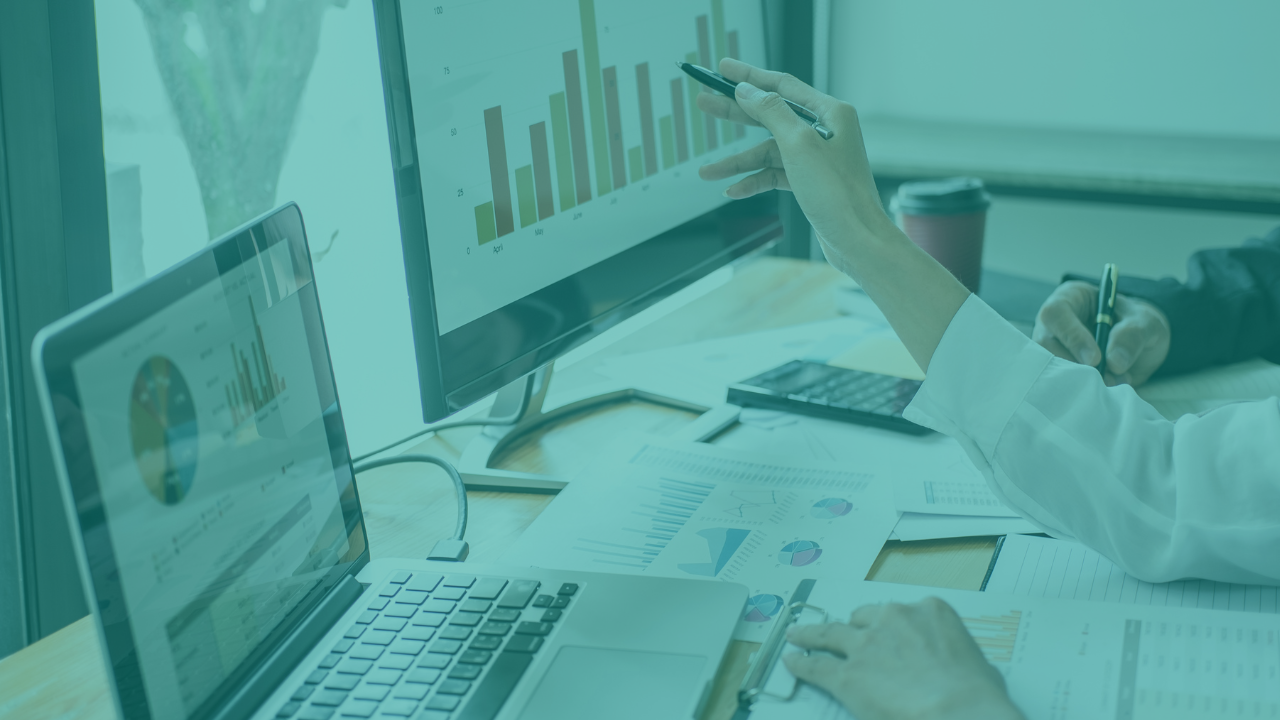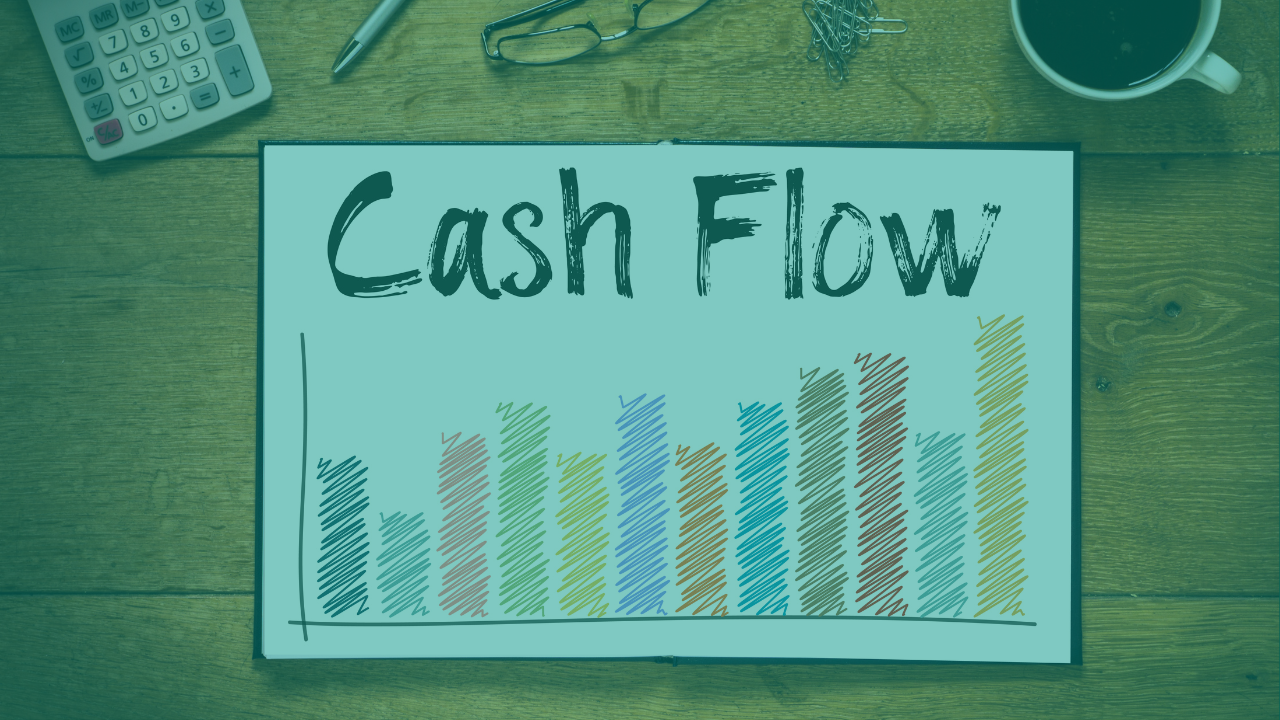Top Financial Forecasting Methods to Know in 2025
Top Financial Forecasting Methods to Know in 2025
How smarter models—and smarter tools—are helping finance teams thrive amid uncertainty
Picture this: It’s Monday morning. Your CEO wants a new acquisition scenario modeled by Friday. A key supplier just hiked prices—again. Hiring plans are paused. And your controller? Still closing out last quarter.
If you're in finance, this probably sounds familiar. In 2025, these disruptions aren’t outliers—they’re the baseline. And too many teams are still trying to steer through them with last year’s budget and a spreadsheet full of brittle assumptions.
That’s where smarter financial forecasting becomes mission-critical.
In this blog, we’ll break down the top forecasting methods finance teams are using to stay ahead, avoid costly surprises, and bring confidence back to the boardroom.
Why Financial Forecasting Matters More Than Ever in 2025
The finance landscape has changed, and your forecasting needs to keep up.
- Volatility is the new normal - According to Deloitte’s 1Q 2025 CFO Signals report, 79% of CFOs plan to invest in generative AI tools in the next 24 months to better navigate economic swings and labor gaps.
- Accuracy drives resilience - Gartner reports companies using AI in forecasting see up to a 50% boost in accuracy, and faster reactions to change.
- Investors expect clarity - With rolling, real-time forecasts, finance leaders can answer “what if?” questions on the fly, instead of scrambling to rebuild a model mid-meeting.
Bottom line? In 2025, forecasting isn’t just a finance function—it’s a strategic differentiator.
Core Types of Financial Forecasting Explained
Before you dive into the methods, it helps to know what you’re forecasting—and why.
Top Financial Forecasting Methods and When to Use Them
Let’s break down the most effective methods today—and where each one shines.
Driver-Based Forecasting (Rolling Forecast)
- How it works: Continuously updates based on real-time KPIs
- Why use it: Agile, board-ready, and highly responsive
- Watch out for: Requires clean data and team discipline
- Best for: Mid-market orgs in dynamic industries
Time-Series Analysis (ARIMA, SARIMA)
- How it works: Projects future performance using past trends and seasonality
- Why use it: Statistically sound and transparent
- Watch out for: Doesn’t handle sudden change well
- Best for: Stable businesses with years of clean data
Regression Forecasting
- How it works: Links internal outcomes to external drivers (e.g. FX, ad spend, oil prices)
- Why use it: Great for scenario planning and sensitivity analysis
- Watch out for: Can get complex fast—especially with multicollinearity
- Best for: Businesses influenced by external market conditions
Predictive Analytics & AI in Finance
- How it works: Uses machine learning to detect patterns and improve forecasting accuracy
- Why use it: Cuts manual effort and boosts precision
- Watch out for: Requires data governance and the right tech stack
- Best for: Complex orgs with multiple drivers and fast reforecast cycles
Scenario Planning & Stress Testing
- How it works: Models multiple outcomes—base, best, worst—and defines trigger actions
- Why use it: Provides executive clarity in high-stakes decisions
- Watch out for: Can overwhelm if overdone
- Best for: Capital-intensive orgs or volatile sectors
Top-Down vs. Bottom-Up Forecasting
- How it works: Balances macro assumptions with department-level inputs
- Why use it: Ensures accountability and realism
- Watch out for: Alignment challenges across teams
- Best for: Annual planning and budgeting season
Choosing the Right Method Based on Business Needs
There’s no one-size-fits-all. Use this quick logic to find your fit:
- Have 3+ years of clean, stable data? → Try time-series.
- Facing external volatility (e.g., FX, commodities)? → Use regression forecasting.
- Need to reforecast monthly or quarterly? → Build a rolling forecast with scenario planning.
- Managing multiple drivers and constant change? → Layer in AI and predictive analytics.
Tech Tools Powering Forecasting in 2025
- Financial planning software - Centage, formerly known as Planning Maestro
- Why it matters: Driver‑based models, audit trails
- Business forecasting tools - Power BI, Tableau, Looker
- Why it matters: Real‑time KPI surfacing
- Machine‑learning stacks - AWS Forecast, Azure AutoML, DataRobot
- Why it matters: Auto‑tunes models for forecasting accuracy
- Collaboration & ETL - Fivetran, Alteryx, dbt
- Why it matters: Clean pipelines for financial data modeling
Common Forecasting Mistakes (and How to Avoid Them)
People Also Ask ❓
What are the 4 types of financial forecasting?
Revenue, expense, cash flow, and capital forecasting make up the core quartet used by finance teams.
Which method is best for financial forecasting?
No single winner—match forecasting methods to volatility, data maturity, and stakeholder needs.
How is AI used in financial forecasting?
AI blends historicals with external data (web sentiment, supply‑chain signals) to sharpen predictive analytics, deliver rolling updates, and cut manual modeling time, Primotly.
What is the difference between budgeting and forecasting?
Budgeting sets a fixed fiscal target; forecasting (especially a rolling forecast) continuously projects where you’ll land if conditions change.
Key Takeaways
Financial forecasting in 2025 isn’t about building the most complex model—it’s about choosing the right one for the job. Whether you’re mapping cash flow, stress-testing headcount plans, or reforecasting quarterly performance, your ability to plan ahead depends on flexible methods, clean data, and tools that can keep up.
The most successful finance teams are moving beyond spreadsheets and embracing dynamic models like rolling forecasts, scenario planning, and AI-powered analytics to stay ahead of change and drive smarter decisions across the business.
Ready to Upgrade Your Forecasting Strategy?
Discover how Centage helps labor intensive organizations with smarter, faster, and more accurate forecasting.
Keep reading...
Interviews, tips, guides, industry best practices, and news.


